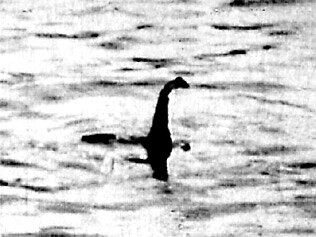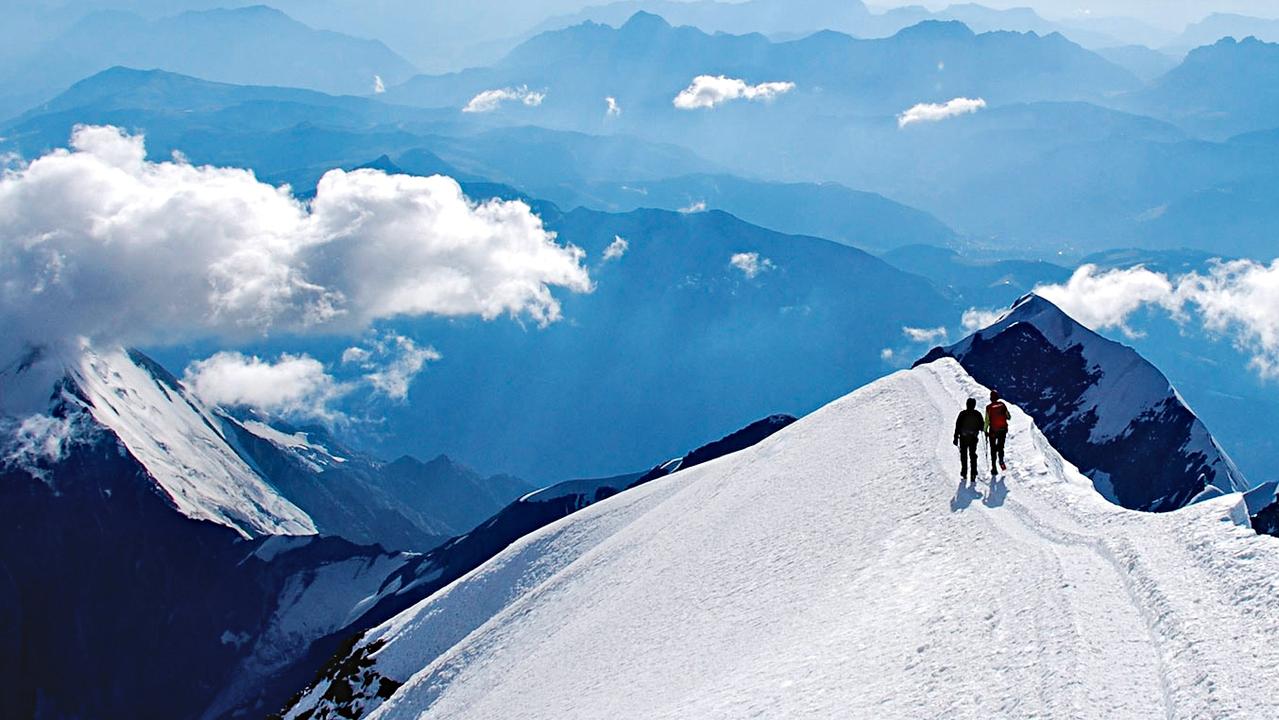Explore the town home to the Loch Ness Monster
EXPLORE the town home to the famous Loch Ness Monster and discover for yourself if it's real or a myth.

HE'S known as Mr Loch Ness.
Businessman Willie Cameron, who can be found most nights behind the bar at the Clansman Hotel, is the authority on all things Loch Ness and of course that means he's a Nessie (Loch Ness Monster) expert as well.
Cameron grew up in nearby Inverness but has lived near the loch, formed along the fault line that runs through the Scottish Highlands, for about 35 years.
His family has connections to the loch going back to the 1900s. In fact, it was his father - Detective-Sergeant Ian Cameron - who had the longest “spotting” of any living man of the Loch Ness Monster - on June 15, 1965.
He was fishing on the southern shore, when he saw something east of the historic Urquhart Castle, at first thinking it was an oil tanker.
He described it as a large object, about five to six metres in length, like an upturned boat, rotating as if it was drifting with the wind and then moving away against the current.
The sighting was for about 50 minutes and there were nine witnesses who corroborated his story.
”He felt as if he was drawn to it ... there was no fear, nothing at all,” Cameron says.
The legend of a monster living in the loch goes back to ancient times when amazing tales were common of water nymphs, kelps and lake creatures.
Around 565 AD - in early Christian times - St Columba came to convert the Pictish people from their pagan beliefs. He was said to have driven away a water monster in the River Ness after one of his followers was attacked swimming across to collect a boat from the other side.
St Columba formed the sign of the cross in the empty air; the aim was to show the pagans the power of Christianity was enough to repel the monster.
As Cameron says, St Columba was an example of an ``early marketing man'' - somebody he's learnt from with his business Loch Ness Marketing dedicated to maintaining a high profile for the area.
While for hundreds of years folklore continued about a Kelpie or Water Horse which would drag unsuspecting travellers into the water to devour them, the story took a modern turn from 1933, when the north shore coast road was being built.
As road improvements removed the screen of trees and increased the flow of visitors, there were more and more sightings.
”Three thousand five hundred to 4000 people have seen something,” he says.
Scientists disagree with the idea of a monster, partly because they say there wouldn't be enough food in the loch for it to survive.
”My father's argument was ‘I don't care what it eats... because I've seen it, you haven't’.”
One theory is that Nessie - the monster's endearing nickname - is a double wake from boats, which creates a 3D image, or possibly it's floating timber. Another Nessie expert Adrian Shine believes the sightings could be attributed to giant sub-surface water movements.
But Cameron says even if you discard 95 per cent of spiel it leaves five per cent of truth in the tales.
Although he has been closely involved as an observer and commentator on the legend, including filming from helicopters and exploring in submarines, he says ”I've seen nothing in my 59 years”.
Due to its great depth, Loch Ness is the greatest volume of fresh water in Britain; more than in the whole of England and Wales put together and enough to immerse every person on earth three times over.
It is one of a series of interconnected, murky bodies of water in Scotland; the high peat content in surrounding soil means its visibility is very low.
”It's an amazing piece of water,” Cameron says.
”It's as flat as a pancake in the middle...it's five to six degrees Celsius permanently and never freezes.
”It holds salmon, sea trout, eel and Arctic Charr.”
And with the legend of the monster drawing people from all over the world, he believes the loch is the most famous stretch of water on the planet.
Even Buddhist monks on a Thai island knew about Nessie, he says. The area had always attracted creative people, such as writer James Barrie, who would stay in the village of Drumnadrochit for the “season”.
Today Loch Ness is worth STG25 million ($44.5 million) a year to the Scottish economy, he says.
Just take a look at the visitor centre's gift shop and its collection of souvenirs and fluffy toys.
And what about those photos of the monster?
”Every photograph is a hoax,'' he says, going into detail about how they were all set up. (Even plaster casts of strange footprints were later found to have been made from a hippopotamus foot ashtray.)
So whether or not there's a monster lurking in the deep, “it's still not going to take away the fascination”.
”It's like the man in the moon ... you hope there's something.”
IF YOU GO:
A Jacobite Loch Ness Cruise takes you from the Clansman Harbour cruising Loch Ness to Urquhart Castle where you can disembark to explore the historic ruins and visitor centre then cruise back to the harbour. Have a look at what's really happening in the depths of the loch with their underwater sonar system.
Loch Ness Centre and Exhibition Experience - Drumnadrochit has a hi-tech multi-media presentation leading you through seven themed areas and through 500 million years of history, natural mystery and legend.
Singapore Airlines flies daily from all mainland states with A380 superjumbo connections to London from Singapore. Specials fares are available depending on travel dates.
BritRail Pass products - which are not available in the UK - must be purchased from BritRail.
For holiday information visit www.cometoscotland.com.au; www.visitscotland.com.
The writer was a guest of Visit Scotland and Singapore Airlines.



